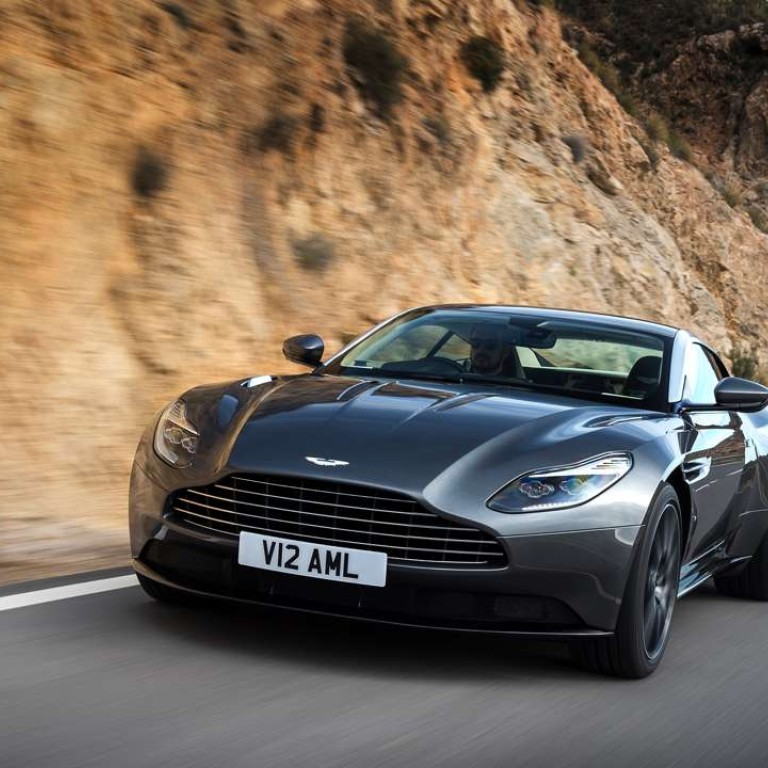
Aston Martin’s DB11 represents a sea change in design language
If you want to know what it feels like to be Justin Bieber, buy Aston Martin’s new DB11 while there aren’t many on the streets
Being an anonymous middle-aged man, it’s not often that a squeal of teenage girls reacts to me with literal slack-jawed adulation. But, if you want to know what it feels like to be Justin Bieber, without the pain of having to actually be Justin Bieber, buy Aston Martin’s new DB11 while there aren’t many on the streets.
I’m self-aware enough to know it wasn’t me, even if, at the time, I was wearing the famous person’s disguise of choice – a pair of sunglasses and baseball cap. And while the grille – designer Marek Reichman’s favourite part of the car – nods to the legendary DB5 of James Bond fame, I’m pretty sure this bunch would more likely think Goldfinger was an exotic ailment before they’d be quoting Blofeld.
And yet, there they were as I parked up, looking my motor up and down and literally mouthing, in slow motion, “Oh. My. God.” As Reichman puts it, even he has not known reactions of the like inspired by the DB11. “It’s a frenzy,” he says. Or, as my pizza delivery guy noted: “Now that is beautiful”. And he wasn’t talking about his deep pan crust.

It’s not just the 5.2-litre twin-turbo V12 that announces the DB11’s arrival. That would feel like cheating, even if Aston Martin says it has put a lot more into giving it a distinctive sonic identity, right down to the chime of warnings and the click of buttons. No, it’s the lines. The DB11’s profile falls and rises like a wave. This Aston Martin is nipped in at the waist, unlike most Aston Martin drivers. The bonnet rakes, the side vents, the wheels’ retro-futuristic spokes, the stylish scoop under the C pillar, all suggest forward motion. This looks to be a beefier Aston Martin – not a muscle car perhaps, but an extremely “cut” car maybe. Sadly, for anyone not inside a DB11, all this is lost on them.

Perhaps Aston Martin buyers are in love with the heritage, or the cinematic associations. How many connect with the brand for its holistic technology? Yet the DB11 deserves some kind of leather-bound swing tag explaining just why it looks the way it looks, and what went into that, because the wonder of the car is all the more enhanced for the knowing.
Take the roof strake, for example, flowing in an unbroken line from A to C pillar thanks to a process of extruding – then stretching, pressing, laser cutting, polishing and anodising. Or the clamshell bonnet. It’s made, with equal effort and ingenuity, from pressed aluminium, allowing for a minimum of interrupting breaks to its lines while also having energy absorbency properties that make it better for anyone who ends up an accidental hood ornament. There’s the re-engineered fuel tank, which leaves more room in the boot for the pram – and I suggest this, or rather Aston does, because this is the company’s first 2+2 with Isofix. Maybe Bond is about to settle down.


“We’re lost,” one lucky if frankly snidey passenger said to me when the navigation system appeared to have sent us somewhat round the houses. But, as I told her, you can’t get lost in a car like this. It doesn’t really matter where you’re going or how long it takes to get there. It’s just a pleasure to be in one, even if people think you are Justin Bieber.

